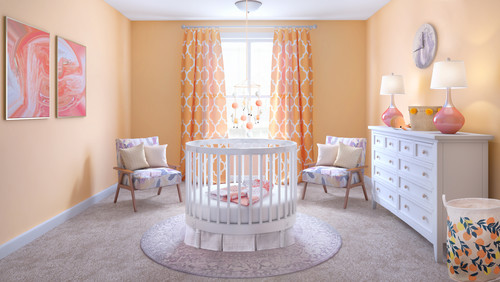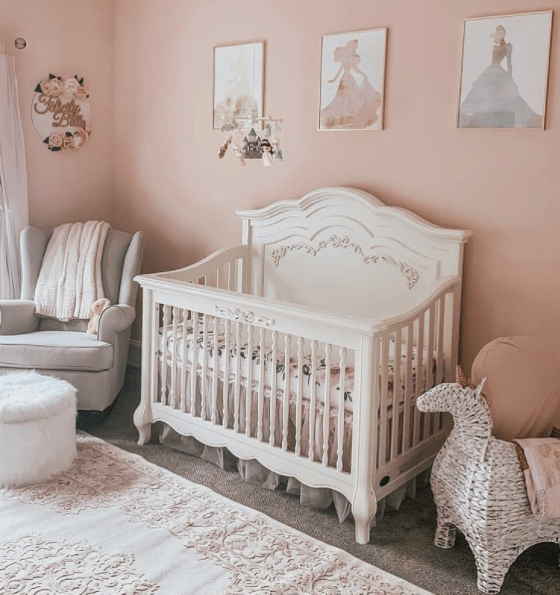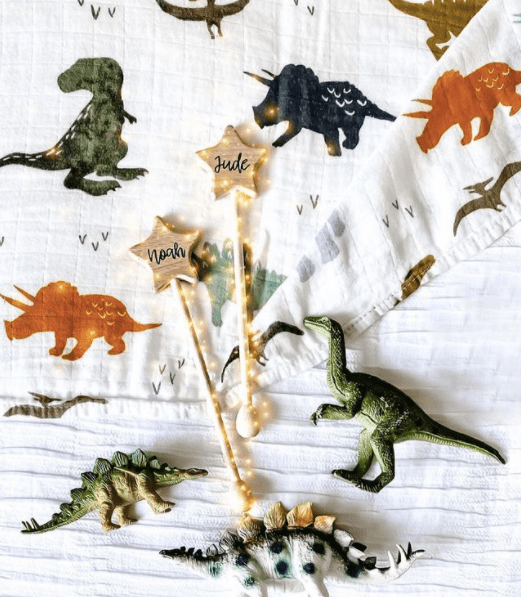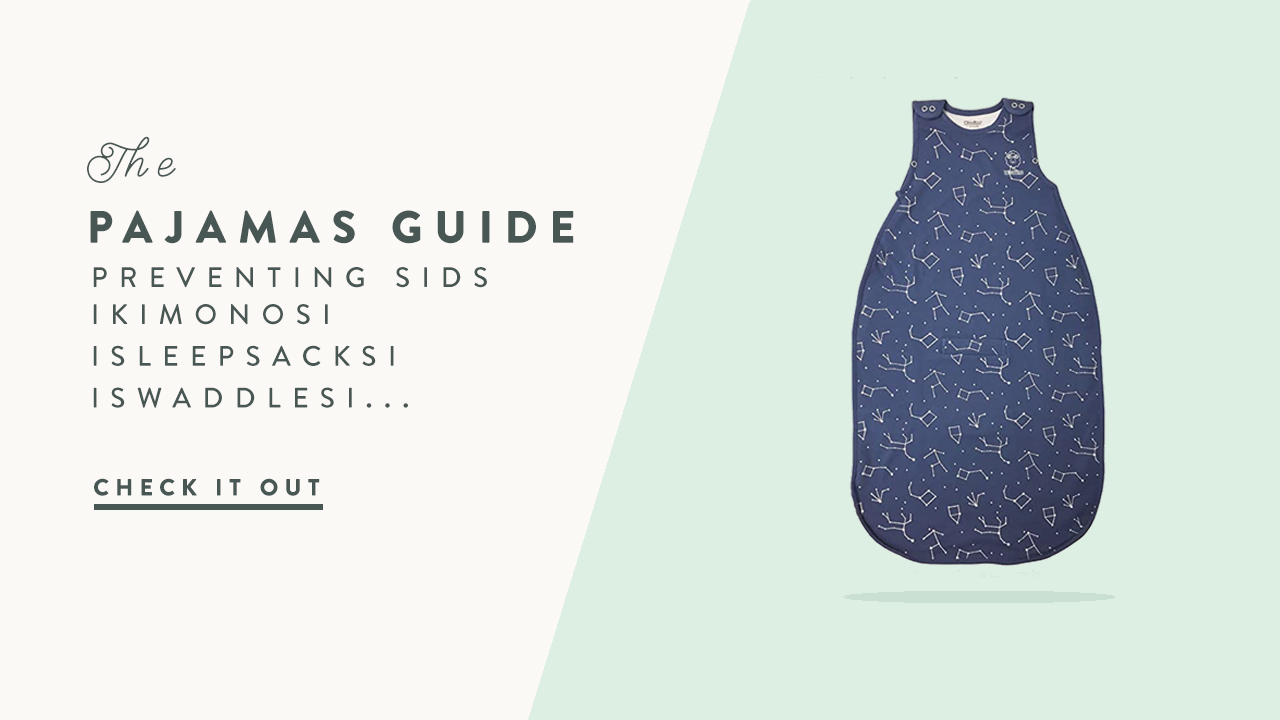We responsibly source every safety information from official USA documents and refer to them throughout the text. As a result, this content has no personal opinions or advice on safety matters.
On this post:
Straight to the point | Types of cribs regulated | CPSC Crib safety rules
If you are a new mom, you are probably wondering: How do I know if a crib is safe?
Well, great news here! Shop for a safe new crib is a no-brainer, thanks to federal regulations implemented in 2011.
In order to prevent sleeping accidents, the Consumer Product Safety Commission (CPSC) joined with ASTM and defined federal regulation on safety standards for full-size cribs and non-full size cribs.
Straight to the point
- Every manufactured or imported crib sold in the USA after 2010 must comply with the safety standards and get tested to receive a Children’s Product Certificate;
- Drop-side cribs were banished due to the number of fatalities related to them;
- Co-sleepers were not tested and have no safety regulations about them yet. Consequently, the American Academy of Pediatrics does not recommend for or against them as a safe sleep place for newborns ;
- Bassinets, cradles, and play yards have their own safety rules (we are writing about them as well).
Types of cribs
In order to define a standard that manufacturers can follow, the CPSC groups the cribs in two main types:
Full-size cribs:
“A full-size crib has specific interior dimensions of 28 ± 5/8 inches (71 ± 1.6 centimeters) in width and 523/8 ± 5/8 inches (133 ± 1.6 centimeters) in length and is designed to provide sleeping accommodations for an infant.” Source: Safety Standards for Full-Size Baby Cribs and Non-Full-Size Baby Cribs; Final Rule
Non-Full-size cribs:
“A non-full-size crib may be either smaller or larger than a full-size crib, or shaped differently than the usual rectangular crib. The category of non-full-size cribs includes oversized, specialty, undersized, and portable cribs, but does not include any product with mesh/net/screen siding, non-rigidly constructed cribs, cradles, car beds, baby baskets, or bassinet.” Source: Safety Standards for Full-Size Baby Cribs and Non-Full-Size Baby Cribs; Final Rule
CPSC crib safety rules:
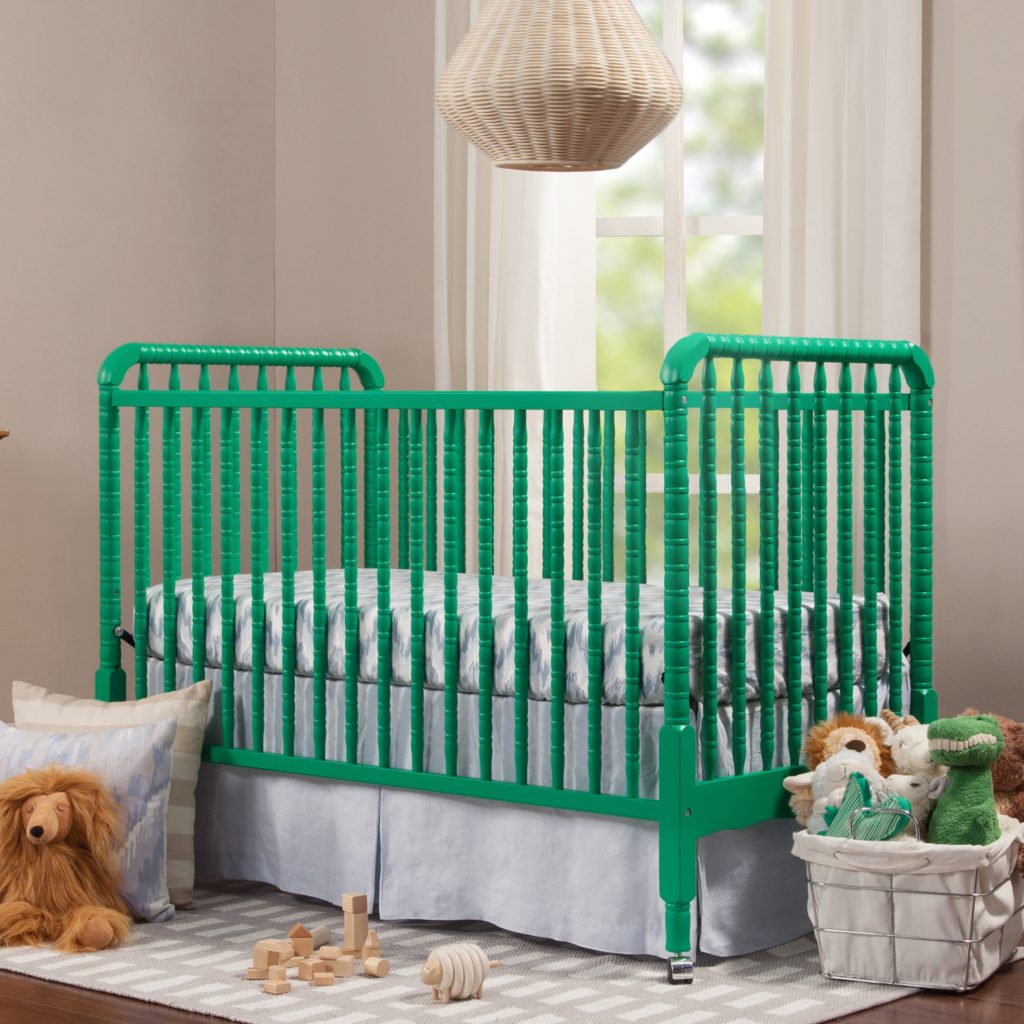
- Firm tight fitting mattress: So baby can’t get trapped between mattress and crib
- No cutouts in headboard and foot board: To not trap baby’s head
- Max 2 3/8th inches between slats: Prevents baby’s body and neck from fitting through the slats
- Max corner posts of 1/16th inch high: To prevent baby’s clothes from getting caught
- Perfect assemble: therefore no loose, missing or broken slats or hardware: So babies can’t trap their necks between slats or suffocate with loose pieces.
What about toxicity from Formaldehyde in Composite Wood Products?
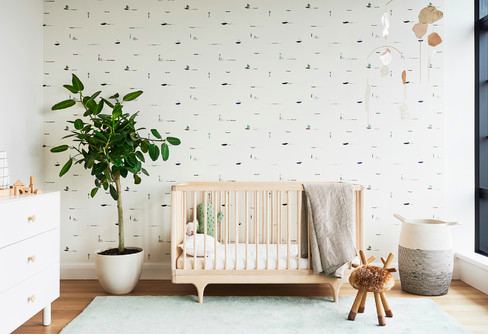
The CPSC doesn’t cover any toxicity issues, because the U.S. Environmental Protection Agency (EPA) already does that.
Therefore, every manufacturer that works with wood products must comply with the EPA Formaldehyde Emission Standards for Composite Wood Products act.
On top of that, some products bring the Greenguard Certification. They certify low chemical emissions.
In conclusion, shop for a safe crib is easier than you thought, right?
Now you are more than ready to find (and assemble) the perfect crib for your nursery theme!!!
This is very important: according to the American Academy of Pediatrics (AAP) every year more than 3500 babies die during their sleep due to accidental suffocation, strangulation or sudden infant death syndrome (SIDS) in the USA.
?? Safe sleep: AAP easy steps to prevent SIDS & sleep-related infant deaths ??


